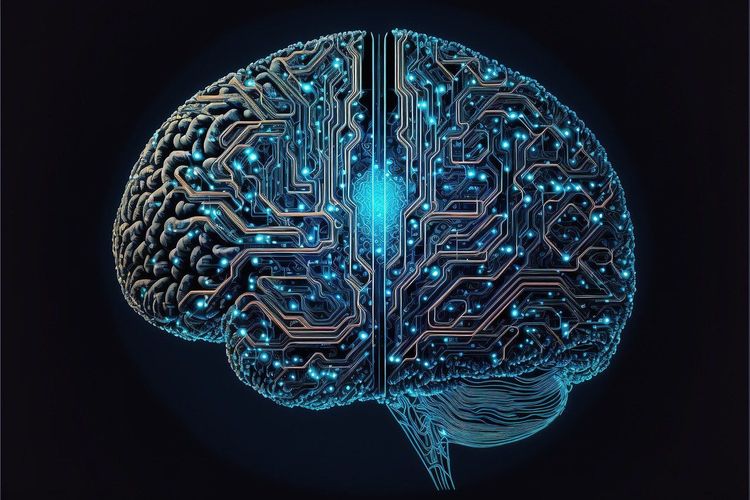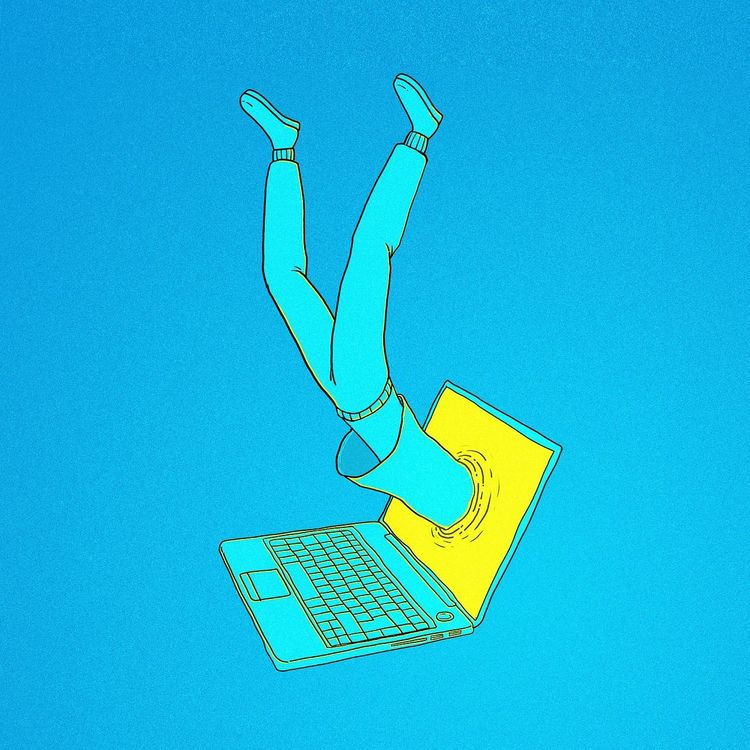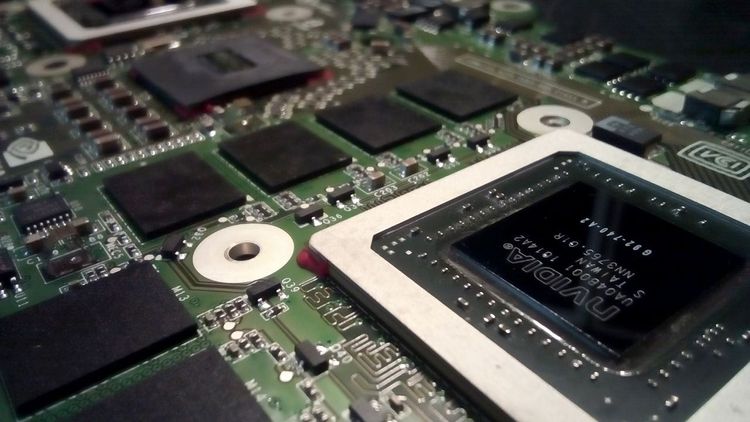When sexually explicit deepfakes of Taylor Swift went viral on X (formerly Twitter), millions of her fans rallied under the hashtag #ProtectTaylorSwift. Although their efforts helped drown out the offensive content, the incident nonetheless attracted widespread media attention, sparking a significant dialogue about the dangers of deepfake technology. White House press secretary Karine Jean-Pierre even called for legislative measures to safeguard individuals from harmful AI-generated content.
While the Swift incident was shocking, it is far from an isolated case. Celebrities and influencers have increasingly fallen victim to deepfakes in recent years, and as AI technology evolves, the potential for reputational harm is only expected to rise.
AI agents and the rise of deepfakes
“With just a brief video of yourself, you can create a new clip featuring dialogue based on a script. While this can be entertaining, it also means that anyone can generate misleading content, risking reputational damage," explained Nicos Vekiarides, CEO of Attestiv, a company specializing in photo and video validation tools.
As AI tools for creating deepfake content become more accessible and sophisticated, the online landscape is rife with deceptive images and videos. This raises an important question: how can individuals discern reality from manipulation?
Understanding the implications of deepfakes
Deepfakes are realistic artificial images, videos, or audio created using deep learning technology. Although these manipulations have existed for several years, they gained notoriety in late 2017 when a Reddit user named ‘deepfake’ began sharing AI-generated pornographic content. Initially reliant on complex technology for face-swapping, recent advancements have democratized this capability, enabling almost anyone to create convincing manipulations of public figures using platforms like DALL-E, Midjourney, Adobe Firefly, and Stable Diffusion.
The rise of generative AI has allowed bad actors to exploit even minor gaps in technology; for instance, independent tech outlet 404 Media found that the Taylor Swift deepfakes were produced by circumventing safeguards in Microsoft's AI tools. Similar technologies have been used to create misleading images of Pope Francis and audio imitating political figures like President Biden.
The dangers of easy access
The accessibility of deepfake technology poses severe risks, potentially damaging the reputations of public figures, misleading voters, and facilitating financial fraud. Steve Grobman, CTO of McAfee, notes an alarming trend in which scammers combine authentic video footage with fake audio, using cloned likenesses of celebrities like Swift to deceive audiences.
According to Sumsub’s Identity Fraud report, the number of deepfakes detected globally increased tenfold in 2023, with the crypto sector suffering the brunt of incidents at 88%, followed by fintech at 8%.
Public concern is mounting
Public apprehension about deepfakes is palpable. McAfee’s 2023 survey found that 84% of Americans are worried about the misuse of deepfake technology in 2024, with over one-third reporting personal experiences related to deepfake scams.
As AI technology continues to mature, it becomes increasingly difficult to distinguish real content from manipulated media. Pavel Goldman-Kalaydin, head of AI & ML at Sumsub, warns that technological advancements, initially perceived as beneficial, now pose threats to information integrity and personal security.
Detecting deepfakes
As governments and organizations seek to combat deepfake proliferation, the ability to differentiate genuine content from fake is imperative. Experts suggest two primary methods for detecting deepfakes: analyzing content for subtle discrepancies and verifying the authenticity of the source.
Currently, AI-generated images can be strikingly realistic, while AI-generated videos are improving rapidly. However, inconsistencies often reveal their artificial nature, such as unnatural hand movements, distorted backgrounds, poor lighting, and digital artifacts. Vekiarides emphasizes the importance of scrutinizing details like missing shadows or overly symmetrical facial features as potential indicators of manipulation.
These detection methods may become more challenging as technology advances, necessitating a vigilant approach when engaging with questionable media. Rouif advises that users should assess the intent behind the content and consider potential biases of the source.
To aid verification efforts, technology companies are developing advanced detection solutions. Google, ElevenLabs, and McAfee are exploring methods to identify AI-generated content, with McAfee reporting a 90% accuracy rate in detecting malicious audio.
In a landscape increasingly filled with deceptive media, understanding the implications and risks of deepfakes is critical. Staying informed and skeptical can empower the public to navigate this challenging digital environment.







